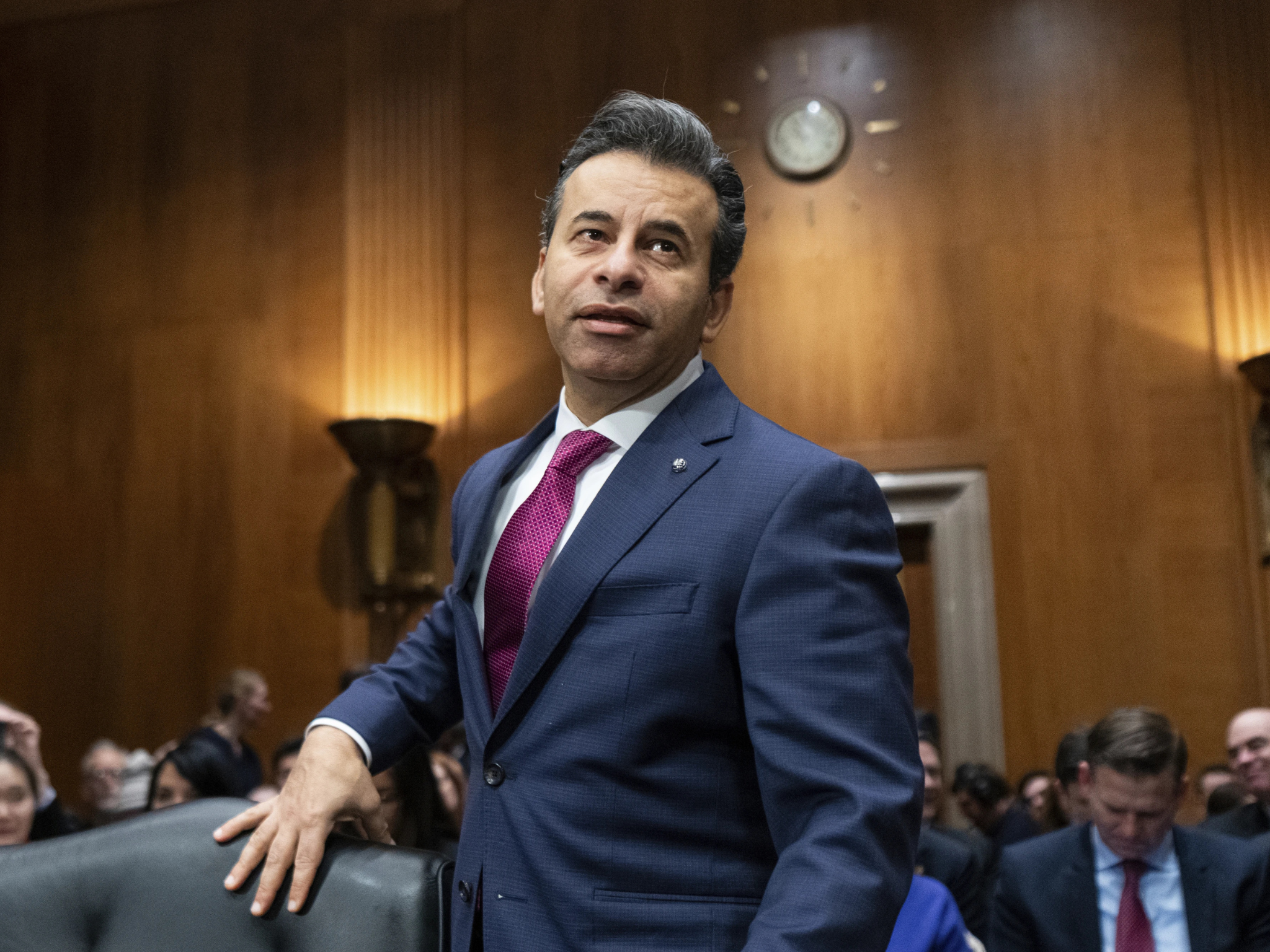The hepatitis B vaccine has dramatically lowered childhood infection rates worldwide, but despite its effectiveness, some sectors remain hesitant or resistant to its use.
When the hepatitis B vaccine was introduced, it represented a turning point in the fight against a virus that had been responsible for millions of chronic infections and related complications such as liver disease and cancer. Over the years, scientific data has consistently shown that this preventive measure is one of the most effective public health strategies available. In countries where vaccination campaigns have been widely implemented, childhood infection rates have dropped significantly, offering protection to new generations and reducing the global burden of the disease. Despite this, resistance to vaccines persists, raising questions about the factors that fuel skepticism.
The reduction in hepatitis B cases among young individuals is a result of strategic health policies, global partnerships, and continuous educational initiatives. The immunization, often given shortly after birth, has been crucial in stopping the transmission from mother to child, which is among the most prevalent ways of contracting the virus. Research indicates that in areas with high vaccination rates, the number of chronic carriers has gone down, leading to significant public health advantages. This success highlights the crucial role of vaccination programs in promoting health improvements.
The worldwide influence of immunization efforts
The hepatitis B vaccine is considered a cornerstone of preventive medicine, particularly in countries where the virus was once endemic. Prior to its introduction, hepatitis B was a major cause of liver complications worldwide, and children infected early in life were at high risk of developing chronic conditions. By integrating the vaccine into national immunization schedules, health authorities have managed to reduce not only individual risks but also community-wide transmission.
Data from the World Health Organization and other international health bodies confirm that vaccination campaigns have saved countless lives. Countries in Asia and Africa, where hepatitis B was historically prevalent, have witnessed striking declines in infection rates among younger populations. These successes demonstrate how vaccines can alter the trajectory of public health, transforming diseases once deemed inevitable into preventable conditions.
Furthermore, vaccination not only decreases the spread of infection but also cuts down on healthcare expenses related to the prolonged treatment of chronic hepatitis B and its complications. By stopping infections early on, communities can lessen the financial strain of treating liver disease, hospital stays, and associated medical actions. This results in vaccination being both a medical triumph and an economical approach for governments and healthcare organizations.
Grasping the reluctance to vaccines
Aunque hay abundante evidencia científica respaldando la vacuna contra la hepatitis B, el escepticismo y la resistencia aún persisten. Las razones detrás de esto son complejas y variadas. En ciertos casos, las creencias culturales y la desinformación desempeñan un papel importante. Las comunidades con acceso limitado a información sanitaria confiable pueden ser víctimas de mitos sobre las vacunas, lo que genera desconfianza y reticencia.
Another element contributing to the issue is the dispersion of false information via digital channels. Recently, social media has boosted skepticism and conspiracy notions about vaccines. Despite the fact that these stories are not supported by science, they frequently appeal to those who are hesitant about medical procedures or distrust pharmaceuticals. Consequently, parents might postpone or reject vaccinations for their kids, putting them at preventable risks.
It is also important to acknowledge that concerns about vaccine safety, while largely unfounded, stem from genuine anxieties. Parents naturally want to protect their children, and in the absence of accurate information, fear can overshadow science. Some people worry about potential side effects, even though decades of research show that the hepatitis B vaccine is safe and well tolerated. Addressing these concerns requires empathy, transparency, and continued public education.
The importance of interaction and confidence in health for the public
To counter vaccine hesitancy, effective communication is essential. Public health authorities and medical professionals must prioritize clarity, accessibility, and trustworthiness in their messaging. Educational campaigns that highlight the benefits of the hepatitis B vaccine, explain its safety, and share real-world success stories can help bridge the gap between science and public perception.
Trust plays a central role in vaccination decisions. When communities feel connected to healthcare providers who listen to their concerns, they are more likely to accept recommendations. Building these relationships requires sustained investment in healthcare infrastructure and personnel, particularly in underserved areas where misinformation can easily take root.
International entities also bear a responsibility to advocate for fairness in the distribution of vaccines. Reluctance to vaccines is not solely due to doubt but also pertains to accessibility. In certain regions, logistical challenges hinder families from obtaining vaccinations on time. Tackling these gaps guarantees that doubt is not exacerbated by systemic disparities.
Ultimately, the persistence of opposition to the hepatitis B vaccine highlights the broader challenge of public health communication in an age of information overload. Scientific data alone is not always enough to persuade; emotional engagement, cultural sensitivity, and community involvement are equally necessary to foster acceptance.
The hepatitis B vaccine is a clear example of how modern medicine can transform lives when embraced at scale. Its success in reducing childhood infections is undeniable, yet the ongoing resistance underscores the importance of continued dialogue between health authorities and the public. By prioritizing education, empathy, and accessibility, the medical community can ensure that the benefits of this vaccine reach all populations, minimizing preventable suffering.
The history of vaccines shows that progress is possible when science, policy, and society align. The story of the hepatitis B vaccine serves as both a triumph and a reminder: triumph because it has saved millions of lives, and reminder because even the most effective solutions require collective trust and participation to achieve their full potential.






